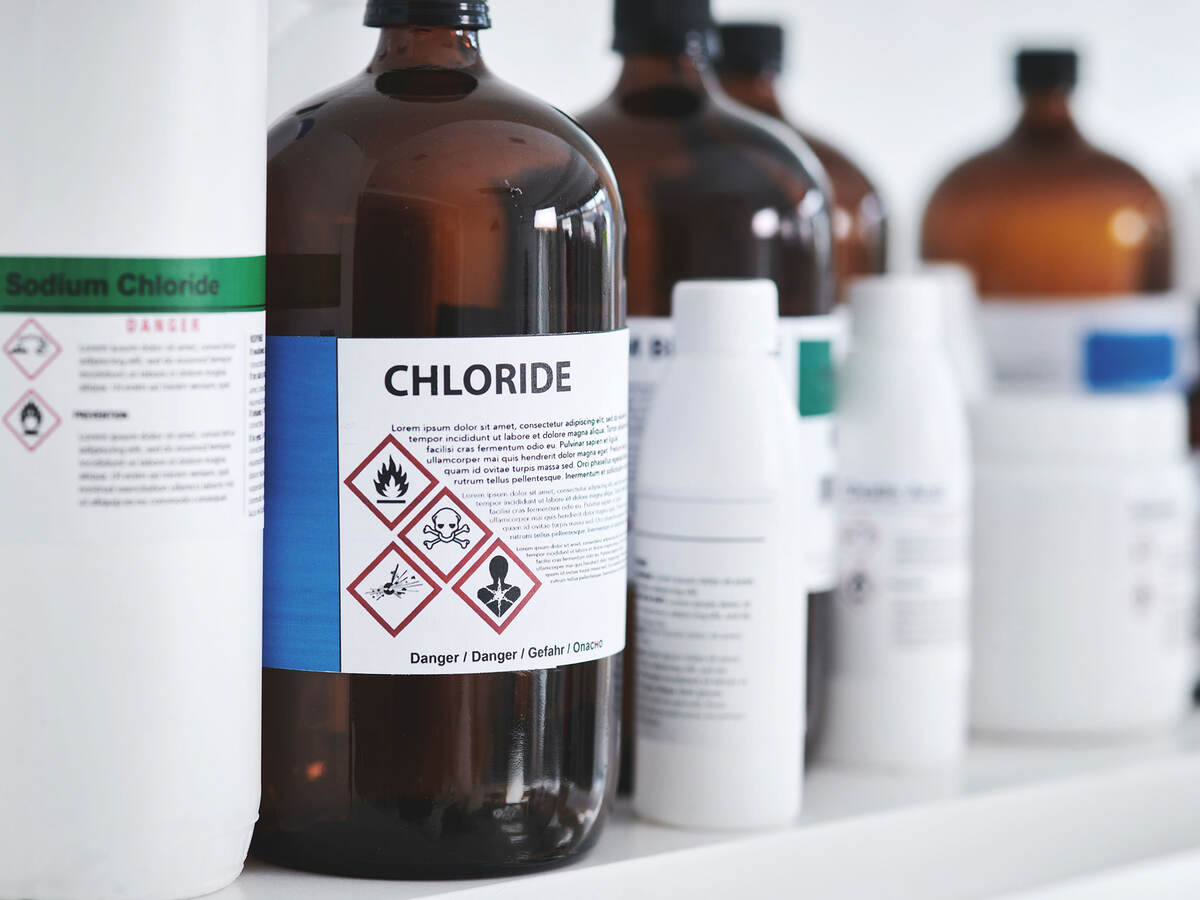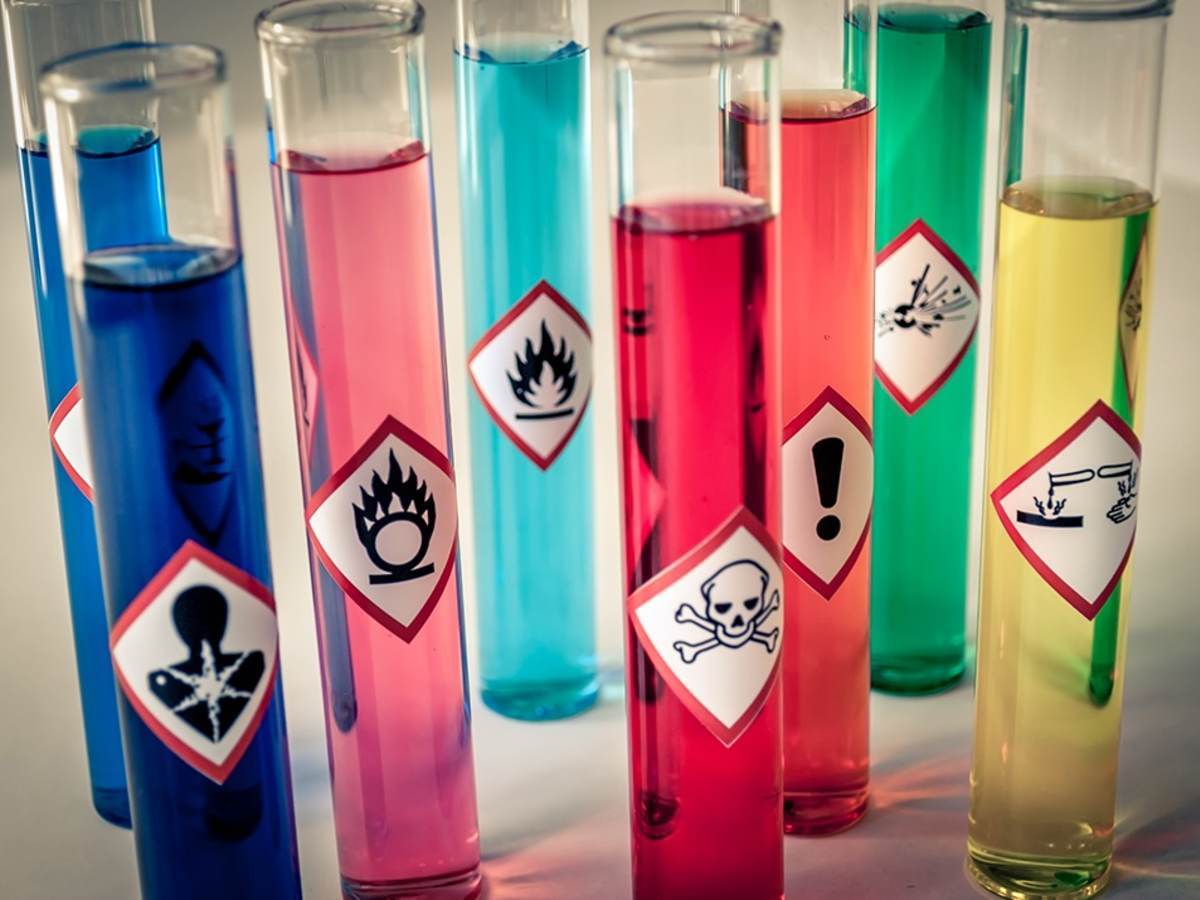January 11, 2023
By Tammy J. Murphy, regulatory affairs manager, Supply Chain team, UL Solutions
On Jan. 4, 2023, two amendments were published in the Canada Gazette, Part II. Issued by the Department of Health, both affect the requirements under the Workplace Hazardous Materials Information System (WHMIS), Canada’s national standard for hazard communication, by amending the Hazardous Products Act (HPA) and the Hazardous Products Regulations (HPR).
The amendments are a diverse range for the HPR, including aligning the HPR with the 7th revision of the GHS Purple Book (from the current alignment with the 5th revision), adding provisions for clarity to existing requirements, amending “specific revisions to better reflect their original intent” as well as administrative updates. Note that the amendments also include select provisions that align parts of the HPR with the 8th revision of the GHS Purple Book. Schedule 2 of the HPA in which the hazard classes of the HPR are listed has also been amended to reflect the changes to the HPR.
*There is a three-year transition from the date the amendments were registered (15 December 2022) until the coming in force.
Highlights of the amendments to the HPR include the following:
|
|
|
|
|
|
|
|
|
|
|
|
|
|
*Note that the above table does NOT list all of the amendments. The reader is strongly encouraged to read the full text of the amendments for complete details.
In addition, changes to Schedule 2, Hazard Classes (Physical Hazard Classes) of the HPA were also published to align with the revisions to the HPR:
- Item 3 of Schedule 2: Name change from “Flammable aerosols” to “Aerosols”;
- Item 19 of Schedule 2: “Pyrophoric gases” is repealed as “Pyrophoric gases” is now included under “Flammable Gases Subcategory 1A”;
- Addition of Item 21 of Schedule 2: “Chemicals Under Pressure” added to reflect the adoption of this hazard class from the 8th Revised Edition of GHS.
A 3-year transition period, from the date of Registration of the amendments (Dec. 22, 2022), has been identified. During the transition, the sale or import of a hazardous product can be in accordance with the former Regulations and classification of a product, mixture, material or substance may also be in accordance with the former Regulations as long as the category/subcategory is per the former Act.
For additional information about WHMIS, please consult the Government of Canada’s Workplace Hazardous Materials Information System (WHMIS) site.
Although this move to revision 7 of GHS is in accordance with Canada’s spring 2020 commitment to the Canada-United States Regulatory Cooperation Council (RCC) Joint Forward Plan, the United States, as of this writing, has not published its expected move to revision 7 of GHS.
References:
Department of Health, Hazardous Products Act, “Regulations Amending the Hazardous Products Regulations (GHS, Seventh Revised Edition).” Canada Gazette, Part II, January 4, 2023 (see pages 13 to 103).
Department of Health, Hazardous Products Act, “Order Amending Schedule 2 to the Hazardous Products Act.” Canada Gazette, Part II, January 4, 2023 (see pages 104 to 105).
Regulatory Roundup Newsletter
Never miss an update
UL, the global safety science leader, can keep you updated on the latest events with a variety of materials, ranging from the latest regulatory news, webinars, white papers, events, industry insights and more.
Subscribe to our monthly Regulatory Roundup Newsletter and stay up to date on current and upcoming regulations and all the latest chemical industry news.
Safety Data Sheet (SDS) Authoring and Labeling Services
Create, maintain and distribute comprehensive SDSs and labels to meet your increasingly complex global compliance requirements.
Chemical Regulatory Compliance
Manage your chemical compliance needs with the help of global regulatory expertise and leading resources.
Chemical Compliance Training
We provide a series of chemical regulatory training programs designed to help understand the diverse set of requirements and how to confront them.
Get connected with our sales team
Thanks for your interest in our products and services. Let's collect some information so we can connect you with the right person.





